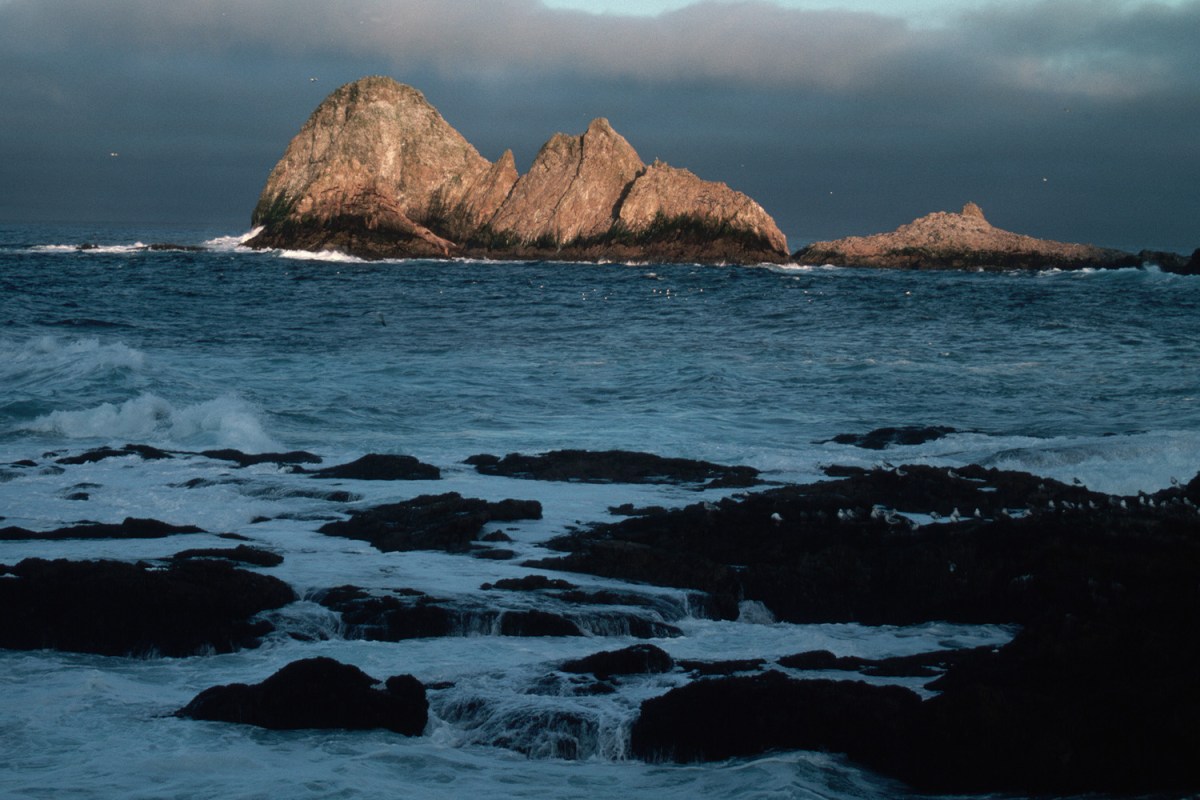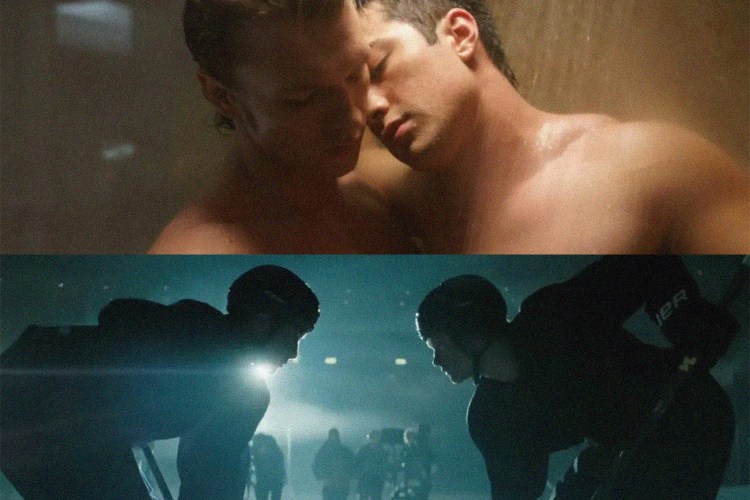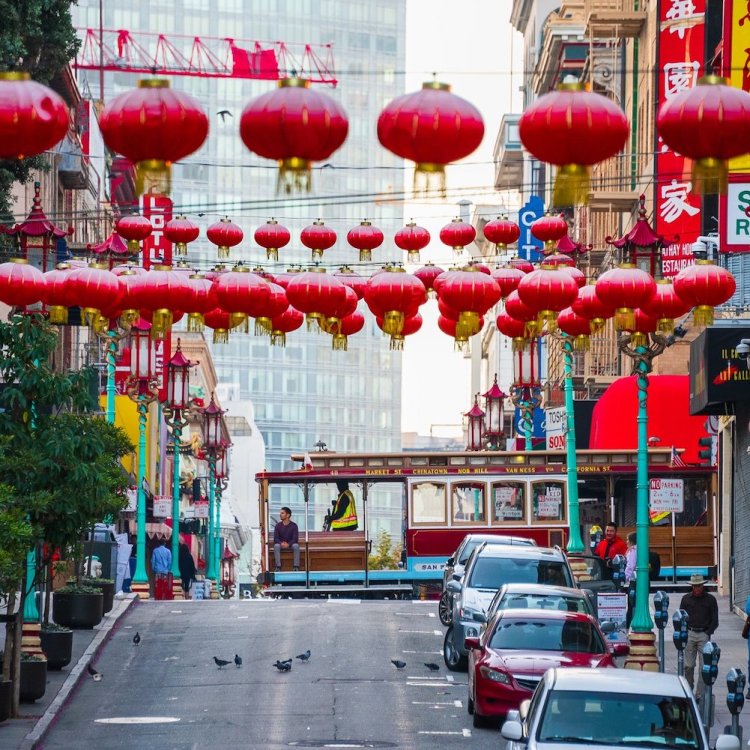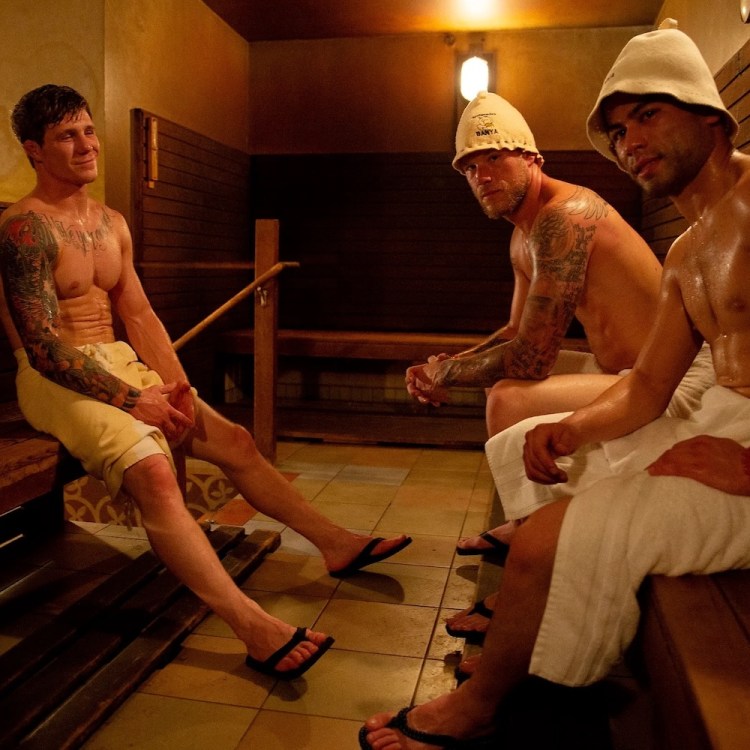“Summer” is officially over, which means two things: (a) the (probable) arrival of actual summer weather and (b) sharks. That’s right: Great white sharks are now returning to the Bay Area after their 5,000-mile migration, presumably to stock up on It’s-Its and the latest Warriors merch (even sharks love a Poole Party). And what better way to celebrate than to go looking for them?
White sharks play a vital role in our shared ocean ecosystem, which is why non-profit Shark Stewards is dedicated to conserving them, their shark and ray cousins and the habitats in which they live. In addition to spearheading educational and scientific programs, Shark Stewards also leads several all-day adventures out to the Farallon Islands for a chance to glimpse these magnificent creatures — as well as the rest of the wildlife that calls this region home — during what they’ve dubbed “Sharktober.” Seeing white sharks up close has traditionally been reserved for the adrenaline junkies who want to dive into a cage, but these shark watching tours are for everyone curious about what’s off the coast of California. Shark Stewards will run six shark watching trips during Sharktober, through October 29.
“Taking these trips is a really exciting way for people to understand what a National Marine Sanctuary is, what a state marine protected area is, and why we’ve established them,” says Shark Stewards founder and shark expert David McGuire. “It’s important to celebrate what we have protected and the wildlife that we do have that are recovering.” In coming aboard, guests get to experience firsthand the benefits of marine protection right off of the San Francisco coastline. That includes a higher likelihood than in the past of seeing a great white shark.
White sharks have been protected since 1993, but overhunting from commercial fishing and the fear mongered by the movie Jaws forced the species into a genetic bottleneck, making population recovery a slow process. But thanks to conservation efforts, their numbers are beginning to come back, including near San Francisco. “We have one of the healthiest populations of white sharks in the world,” McGuire says. He estimates around 1,500 white sharks live in the northeast Pacific from Mexico to Washington, which, while still a very small number in a big swath of ocean, is an improvement.
Over the course of an eight-plus hour day, McGuire and other wildlife specialists lead a boat expedition into the Gulf of the Farallones in search of whales, sea lions and of course, the iconic white shark. “We have a permit to deploy a seal-shaped decoy with a camera attached, so we get to see sharks in a less invasive way that doesn’t harm the shark,” McGuire explains. Cage diving often relies on chumming to attract sharks, but this is not allowed in state and federal waters, as feeding wildlife alters their natural behaviors.
Seeing a white shark is not guaranteed on these trips, as is the case with any search for wild animals, however, passengers will become intimately familiar with their habitat: the Farallon Islands. A clear day in San Francisco can reveal their jagged silhouette on the horizon, but few have the opportunity to visit them and the life they harbor in person. Not many vessels are equipped for the voyage, and even fewer are permitted to enter the sanctuary. McGuire believes Shark Stewards may currently be the only ones with a permit to get as close to the islands as they do.
Other animals passengers might see include 36 species of marine mammals, from humpback whales to elephant seals, a seabird population topping 250,000 individuals, and a lot of pelagic life that comes up to the continental shelf, which the islands border, but not to the coastline. Scientific readings may also be taken on board, which can be exciting to witness in person.
Whether you’re a San Francisco local who has never had the chance to explore the Farallon Islands, or a visitor wanting to see the breadth of the Bay Area’s natural beauty, shark watching is a singular experience. Seeing a white shark “is truly one of the most rare and extraordinary wildlife experiences,” says McGuire, with awe in his voice. He says the most unforgettable moment is if they spy hop, popping out of the water to check out the people on the boat. “You’re looking back into hundreds of millions of years of evolution.”
Besides exploring a place truly unique to the northern California coastline, shark watching evokes the spirit of San Francisco. “It’s progressive to coexist with a potentially dangerous animal and figure out a way to live with it. That is very Bay Area,” McGuire says. “We are the vanguard of acceptance, tolerance and innovation.”
This article was featured in the InsideHook SF newsletter. Sign up now for more from the Bay Area.
























